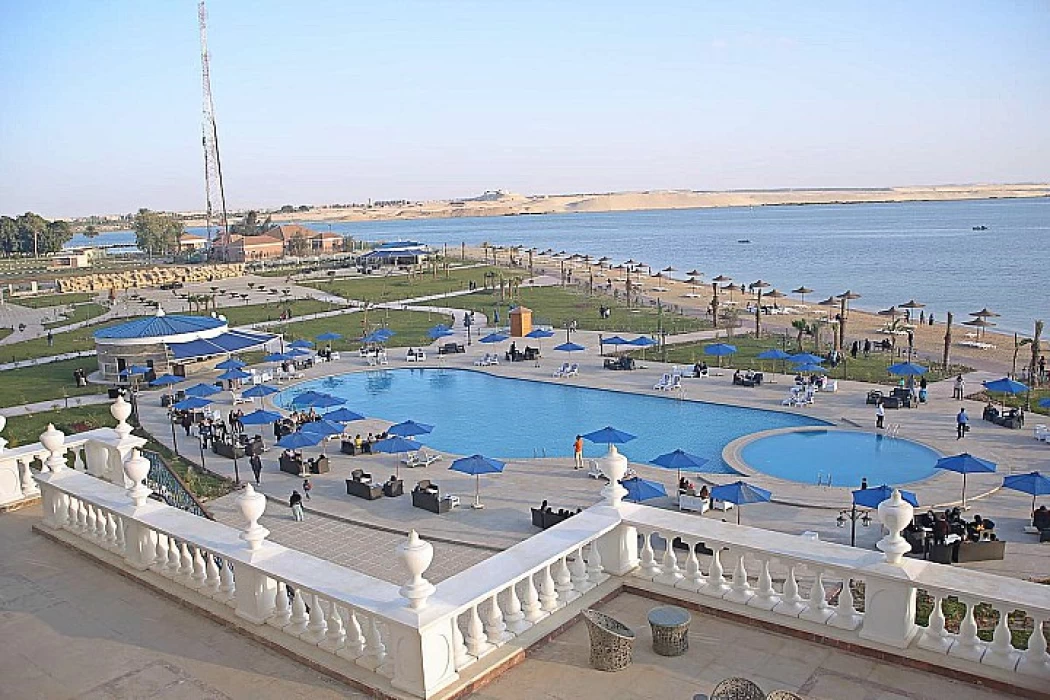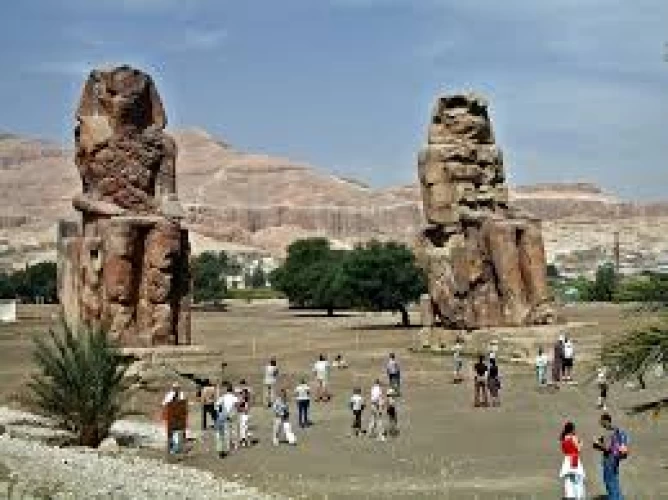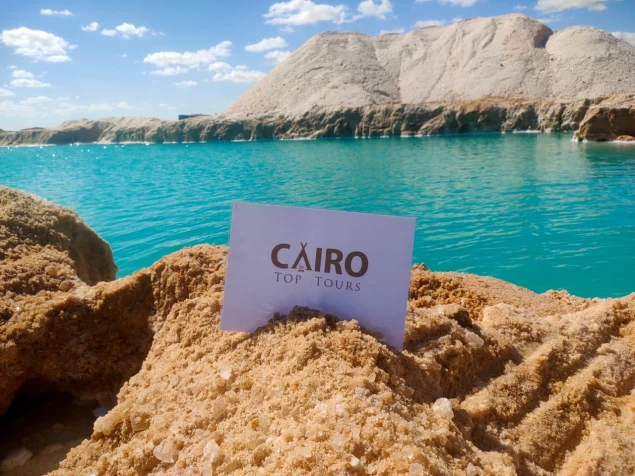
埃及伊斯梅利亚省
埃及伊斯梅利亚省
伊斯迈利亚省的建立奠基石,因为它位于公元1862年4月27日塞德帕夏时代的蒂姆萨湖以北,而在第二年,它与赫迪夫*伊斯梅尔时期的埃及统治者有关,被称为伊斯迈利亚,而伊斯迈利亚省的正式成立是在公元1869年一些世界首脑参加的开放苏伊士运河的仪式上举行的。
这座城市从Al-Mahsima村开始,一直延伸到Dhahria村,Dhahria村是埃及共和国最着名的芒果和草莓种植城市之一,约有48千人居住。
东桥
它被称为东部,因为它发生在苏伊士运河以东,它还包括西奈半岛的一部分地区,这个城市建在一个可以追溯到罗马时代的墓地废墟上,这个地区有几个名字,如Tharo和Sila,它包含了几个考古地标,如马穆鲁克苏丹坎苏-阿勒古尔i建造的堡垒。
而在这个城市存在的古老的地方是伊斯玛伊考古博物馆
该省考古博物馆的历史可以追溯到公元1913年,由一群在国际航海公司工作的工程师建造,以寺庙的形式建造的建筑特色而着称。该博物馆包括许多可以追溯到法老时代的稀有文物。
此外,还有德莱斯普斯博物馆,之所以指定这个博物馆是因为法国工程师费迪南德-德莱斯普斯,他住在他的住所,并被Khedive Ismail授予挖掘苏伊士运河的特权,博物馆包含了一些地图,工
阿布阿特瓦坦克博物馆. Tabia Orabi,这个Tabia的名字被赋予了山丘伟大战役的领导者,酋长Ahmed Orabi,他以勇气和毅力面对英国的占领。
The foundation stone was laid for the founding of the Ismailia Governorate, which was previously called the city of Timsah, because it was located north of Lake Timsah on April 27, 1862 AD during the era of Said Pasha, and in the following year.
it was called Ismailia in relation to the ruler of Egypt during that period of Khedive Ismail, while the official launch of the Ismailia Governorate was during a ceremony attended by a number of The heads of the world in 1869 AD to open the Suez Canal.
This city starts from the village of Al-Mahsima and extends to the village of Dhahria, which is one of the most famous cities in the Republic of Egypt with mango and strawberry cultivation, inhabited by about 48 thousand people.
It is called the East because of its occurrence east of the Suez Canal, and it also includes part of its area part of the Sinai Peninsula, and this city was built on the ruins of a cemetery dating back to the Roman era, several names such as Tharo and Sila were called on this region, and it contains several archaeological landmarks such as the fortress Which was built by the Mamluk Sultan Qansuh Al-Ghuri.
And among the ancient places that exist in this city is the Museum of Ismaili Archeology
The Museum of Archeology of the Governorate dates back to its construction in 1913 AD by a group of engineers who work in the International Maritime Navigation Company, and it is distinguished by the architectural character that was built upon it taking the form of a temple, and the museum includes many rare artifacts dating back to the Pharaonic era, and it had opened The doors of the museum to allow visitors to visit it for the first time in 1934.


















